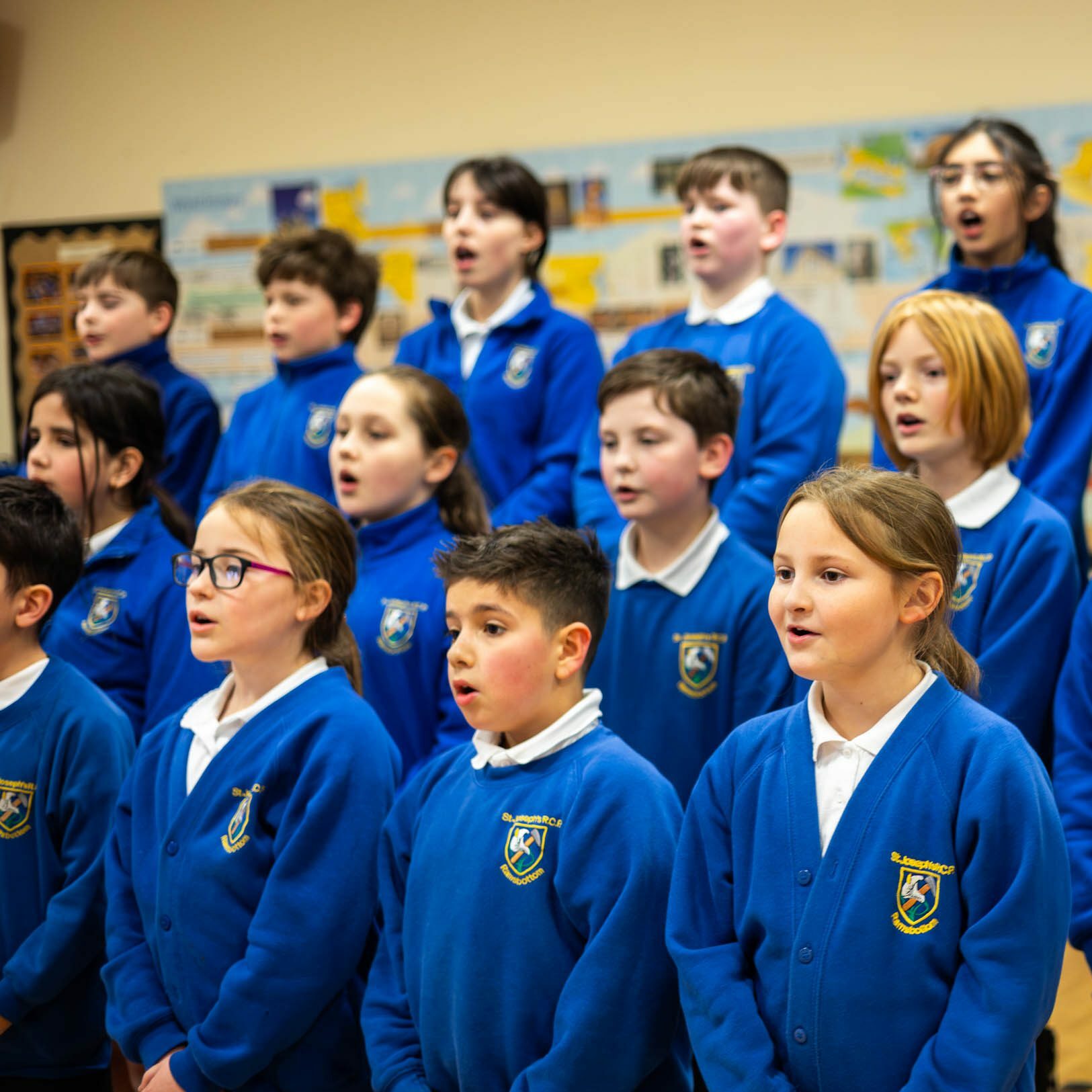Contact Us
St. Joseph's Catholic Primary School
Queen Street
Ramsbottom
Bury
BL0 9JJ
Welcome to St Joseph’s Roman Catholic Primary School. We are committed to the Catholic education we provide for our children, giving them a happy, safe and secure environment.
This website aims to give you a taster of the school, as well as providing information for parents and carers. If you cannot find the information you are looking for on the website, please do not hesitate to contact school using the contact details provided.

St. Joseph's Catholic Primary School
Queen Street
Ramsbottom
Bury
BL0 9JJ